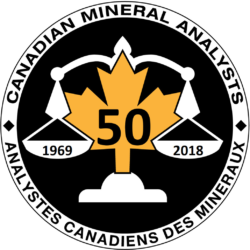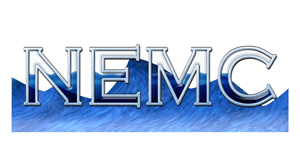
Brooks Applied Labs (BAL) is now offering the most innovative method commercially available for the quantitation of selenium in saline waters at concentrations as low as 5 ng/L (parts-per-trillion). BAL’s novel method utilizes in-line matrix component separation and preconcentration, is fully automated, and has no spectral interferences attributed to the saline matrix. Ultra-trace detection limits for selenium in saline waters (such as seawater, brackish waters, RO reject water, and brines) to support discharge requirements and investigations for estuaries, bays, near shore and open ocean, and saline lakes with unparalleled quality are now a reality.
Inductively coupled plasma mass spectrometry (ICP-MS) is a powerful and efficient tool for the determination of low-level metals; however, the high salt content of seawater can lead to elevated method detection limits and inaccurate results. Several methods have been developed that utilize reaction-based chemistry (e.g., hydride generation and coprecipitation) to remove selenium from the saline matrix prior to analysis. Trace-level detection limits have been achieved with these methods; however, reaction-based chemistry has inherent limitations and is susceptible to interferences from elevated concentrations of common constituents found in seawater and procedural inefficiencies.
The need to improve method robustness, reduce operational costs, and increase data quality motivated BAL scientists to generate this new method to meet both our client’s needs and the needs of regulatory agencies around the world. As part of our commitment to quality, BAL’s new method has undergone extensive validation confirming both inorganic and organic molecular forms of selenium are represented in our results, making it a truly species-independent quantitative approach.
Monitoring elements at environmentally-relevant concentrations in seawater is critical for developing accurate environmental assessments and evaluating the effectiveness of various pollution controls. BAL’s improved methodology allows for an unprecedented level of data quality at concentrations as low as just a few parts-per-trillion.
If you would like to learn more about trace-level selenium quantitation in saline samples, contact us!
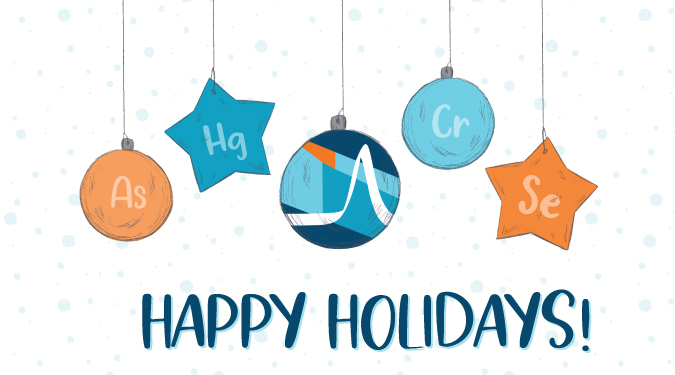

 Standard regulatory practices limit the total concentration of toxic metals, such as mercury, when discharged from industrial sources, ignoring the importance of speciation and bioavailability. This can result in dischargers spending more on wastewater treatment than might be necessary for adequate environmental protection. In a new article by author
Standard regulatory practices limit the total concentration of toxic metals, such as mercury, when discharged from industrial sources, ignoring the importance of speciation and bioavailability. This can result in dischargers spending more on wastewater treatment than might be necessary for adequate environmental protection. In a new article by author 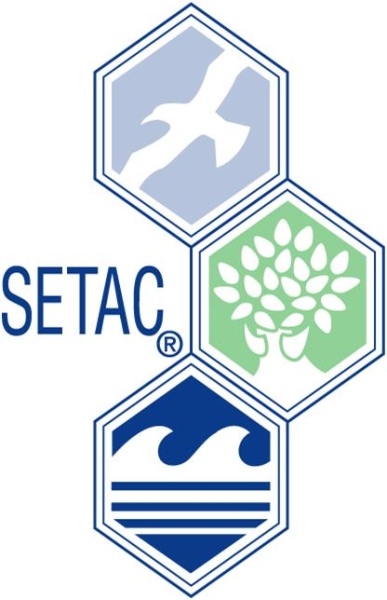
 The same week, Russ Gerads and Jamie Fox will be attending the
The same week, Russ Gerads and Jamie Fox will be attending the  Consumer Reports recently published a
Consumer Reports recently published a 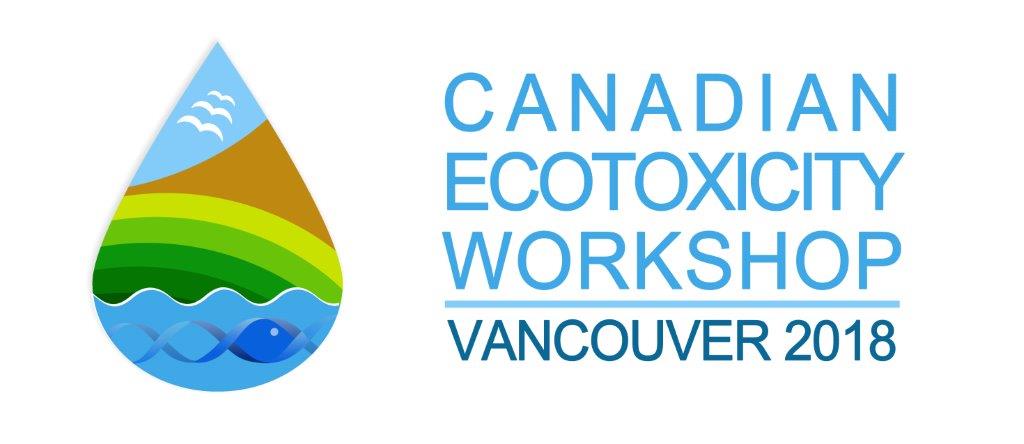
 Brooks Applied Labs (BAL) is now offering the most innovative method commercially available for the quantitation of selenium in saline waters at concentrations as low as 5 ng/L (parts-per-trillion). BAL’s novel method utilizes in-line matrix component separation and preconcentration, is fully automated, and has no spectral interferences attributed to the saline matrix. Ultra-trace detection limits for selenium in saline waters (such as seawater, brackish waters, RO reject water, and brines) to support discharge requirements and investigations for estuaries, bays, near shore and open ocean, and saline lakes with unparalleled quality are now a reality.
Brooks Applied Labs (BAL) is now offering the most innovative method commercially available for the quantitation of selenium in saline waters at concentrations as low as 5 ng/L (parts-per-trillion). BAL’s novel method utilizes in-line matrix component separation and preconcentration, is fully automated, and has no spectral interferences attributed to the saline matrix. Ultra-trace detection limits for selenium in saline waters (such as seawater, brackish waters, RO reject water, and brines) to support discharge requirements and investigations for estuaries, bays, near shore and open ocean, and saline lakes with unparalleled quality are now a reality.
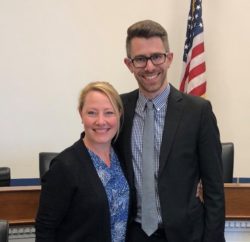
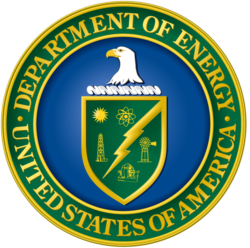 BAL’s Technical Sales Manager, Jamie Fox, is headed to Las Vegas to attend the 2018 Department of Energy Analytical Services Program (
BAL’s Technical Sales Manager, Jamie Fox, is headed to Las Vegas to attend the 2018 Department of Energy Analytical Services Program (